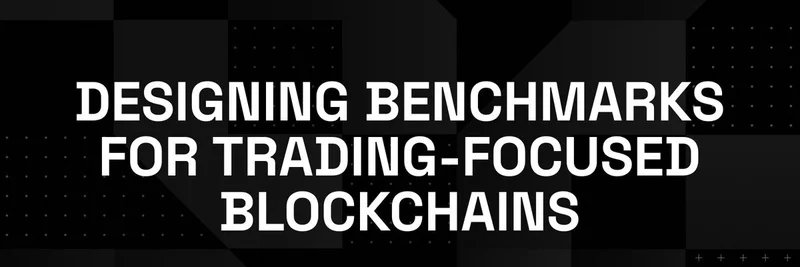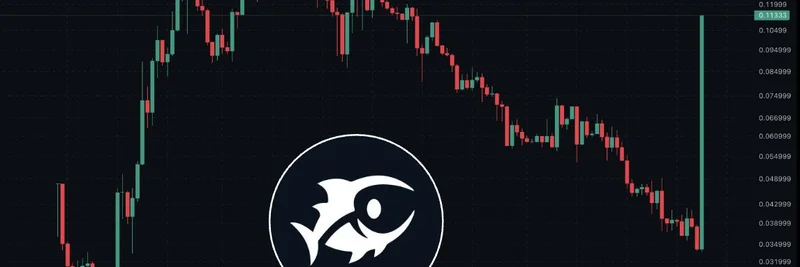BNB Chain just dropped an interesting tweet that's got the crypto community buzzing, especially those of us knee-deep in meme tokens. The post highlights their approach to benchmarks, emphasizing trust over hype. As someone who's seen the wild ride of crypto markets, I can tell you that reliable performance metrics are gold for traders. Let's break down what this means, particularly for the meme token scene on BNB Smart Chain (BSC), which is a hotspot for low-fee, high-speed trades.
Why Benchmarks Matter in Blockchain Trading
In the world of blockchains, benchmarks are like report cards—they show how well a network handles real-world stress. Traditional metrics like Transactions Per Second (TPS) sound impressive, but they often fall short for trading-focused chains. Why? Because trading isn't just about simple transfers; it's swaps, liquidity additions, NFT mints, and more complex interactions that meme token degens love.
BNB Chain's blog, linked in the original tweet, dives deep into this. They argue for benchmarks that mirror actual trader behavior, not inflated numbers. For meme tokens, where pumps and dumps happen in seconds, this transparency ensures the chain can handle the frenzy without choking.
Key Principles Behind BNB Chain's Benchmarks
The post distinguishes between performance tests (flexible experiments) and benchmarks (standardized comparisons). BNB Chain opts for the latter, making their results verifiable and comparable over time.
They outline scenarios weighted to reflect DeFi-heavy usage:
- Native token transfers: 10%
- BEP20 token transfers: 10%
- Wrapped BNB deposits/withdrawals: 5% each
- UniswapV2 liquidity adds/removals: 5% each
- Swaps (exact tokens or BNB for tokens): 30% each
- Optional NFT mints/transfers: 5% each
- Advanced tx types: 1% each
This weighting prioritizes swaps, which are crucial for meme token trading on platforms like PancakeSwap. It's not about raw TPS; it's about handling complex trades efficiently.
Simulating Real-World Scale and Challenges
To make it realistic, BNB Chain simulates massive user bases—up to 25 million active users across millions of blocks. This tests how the chain deals with state growth, where data piles up over time, potentially slowing things down.
They differentiate "hot" (repeat users) and "cold" (new users) scenarios to mimic real contention, like when a viral meme token launches and everyone piles in. For meme insiders, this means better preparedness for those moonshot moments without network congestion ruining the fun.
Evaluation focuses on throughput, latency, and consistency, using percentiles (like p90) to ensure most transactions finalize quickly—aiming for under 2 seconds for block finality. Averages can hide spikes, but percentiles reveal the true user experience.
Execution and Transparency
The methodology is step-by-step, from deploying testnets to running 30-minute rounds and optional 24-hour stability tests. Everything's designed for repeatability, with calls to publish scripts and specs openly.
While BNB Chain hasn't open-sourced their exact tools yet, they provide a design reference for others to follow. This openness builds trust, which is huge in a space rife with scams and hype.
What This Means for Meme Token Enthusiasts
For the meme token community on BSC, these benchmarks signal a commitment to robust infrastructure. Meme trading thrives on speed and low costs—think sniping new launches or flipping during hype cycles. With transparent metrics, developers and traders can better gauge if the chain's ready for the next big thing, like a dog-themed token going viral.
It's also a nod to sustainability. As meme ecosystems grow, handling storage bloat and high concurrency without degrading performance keeps fees low and trades smooth. If you're building or trading memes, keeping an eye on these updates can give you an edge.
In a nutshell, BNB Chain's focus on trustworthy benchmarks isn't just tech talk—it's about empowering the trading community, including the wild world of memes. Check out the full blog for the nitty-gritty, and stay tuned for how this evolves. What's your take on blockchain benchmarks? Drop a comment below!



